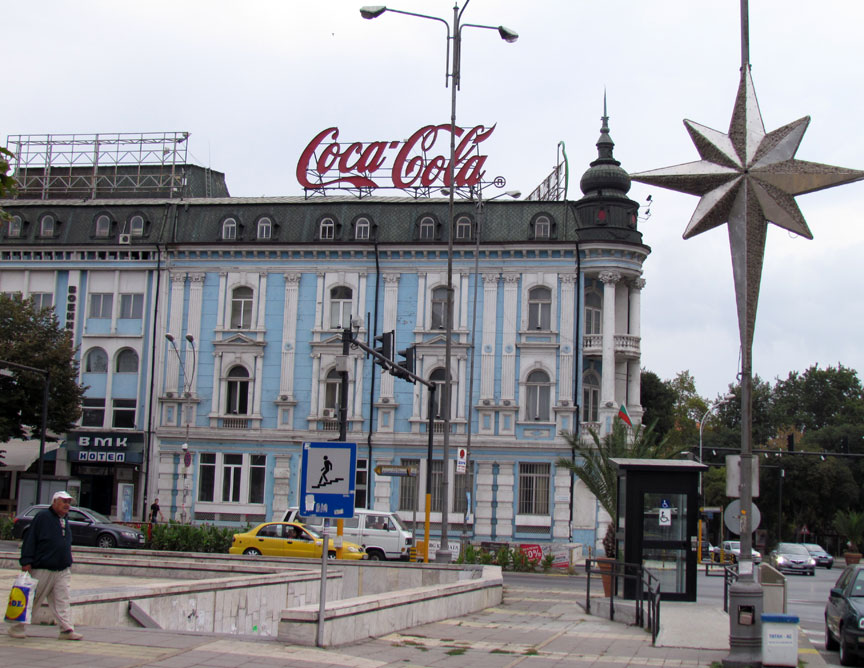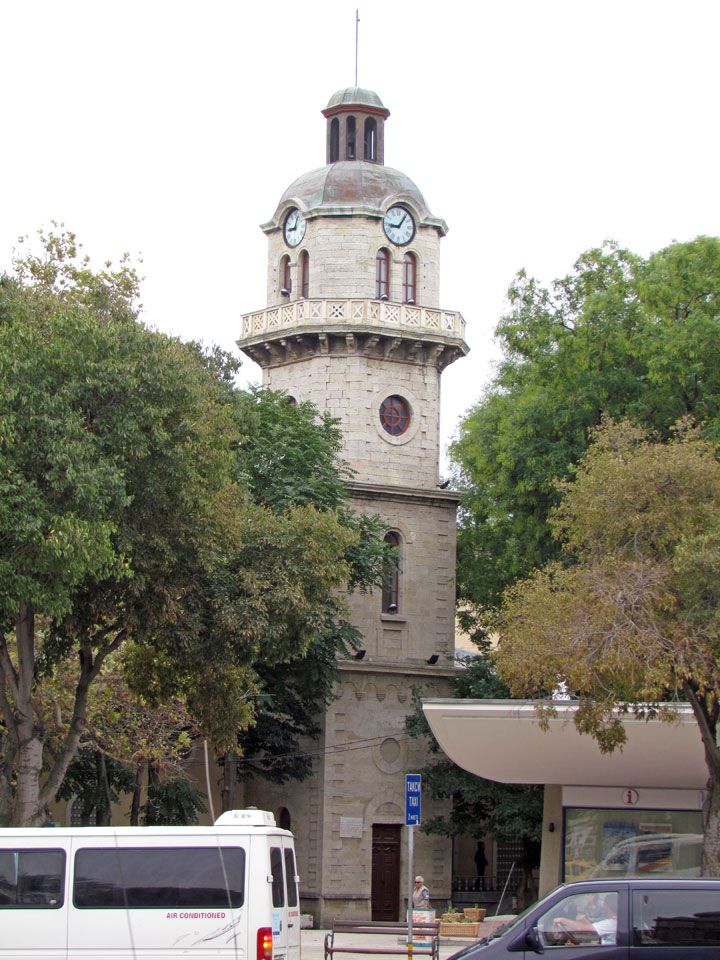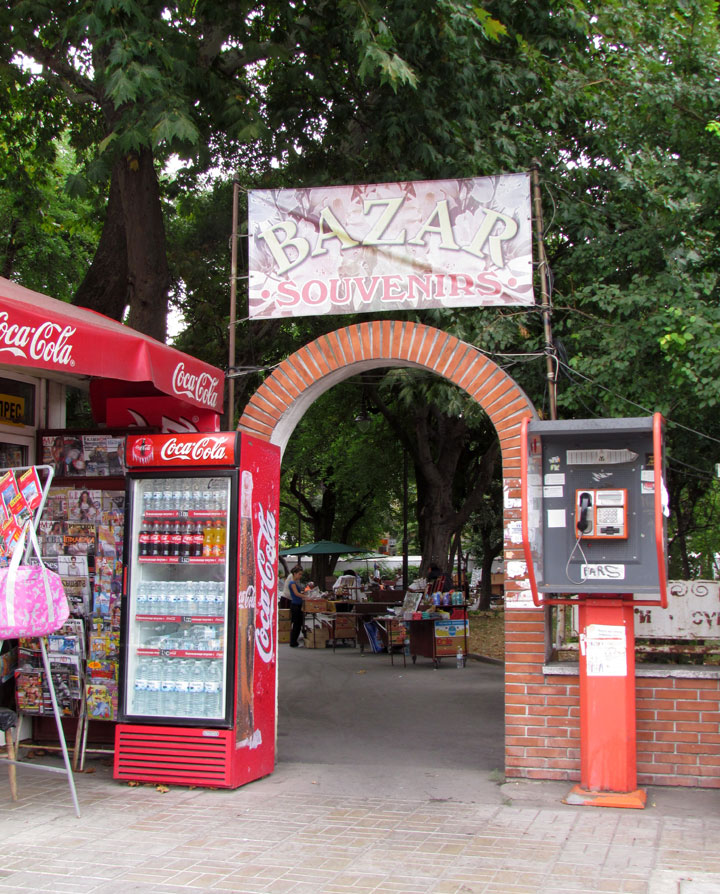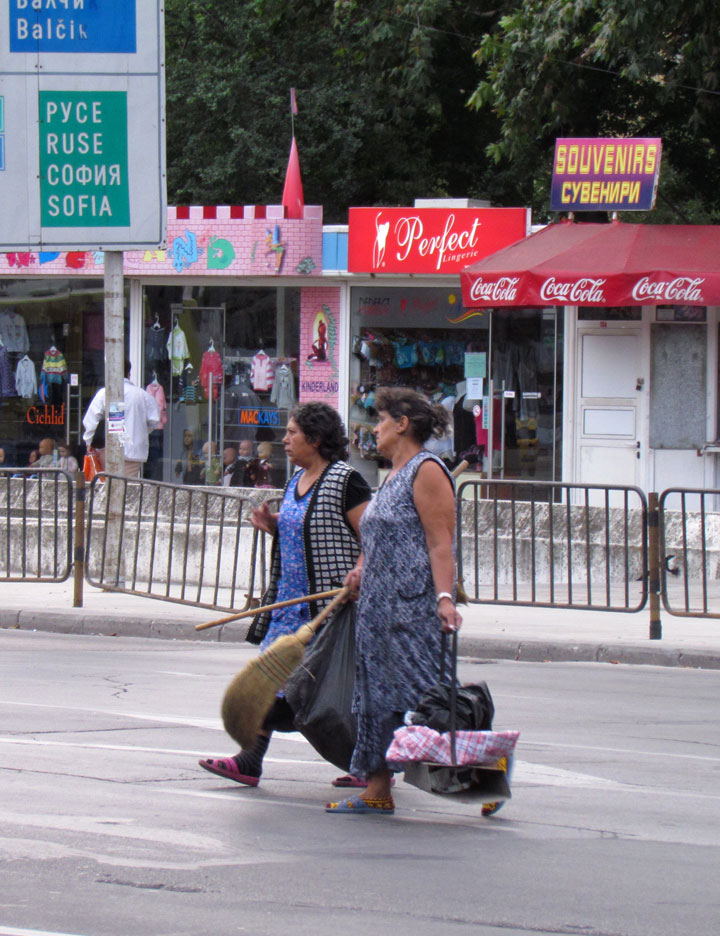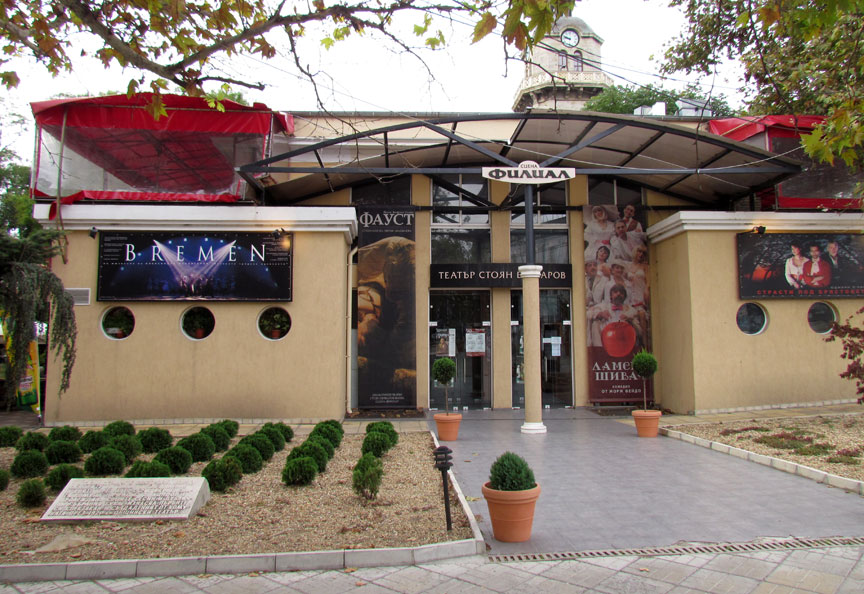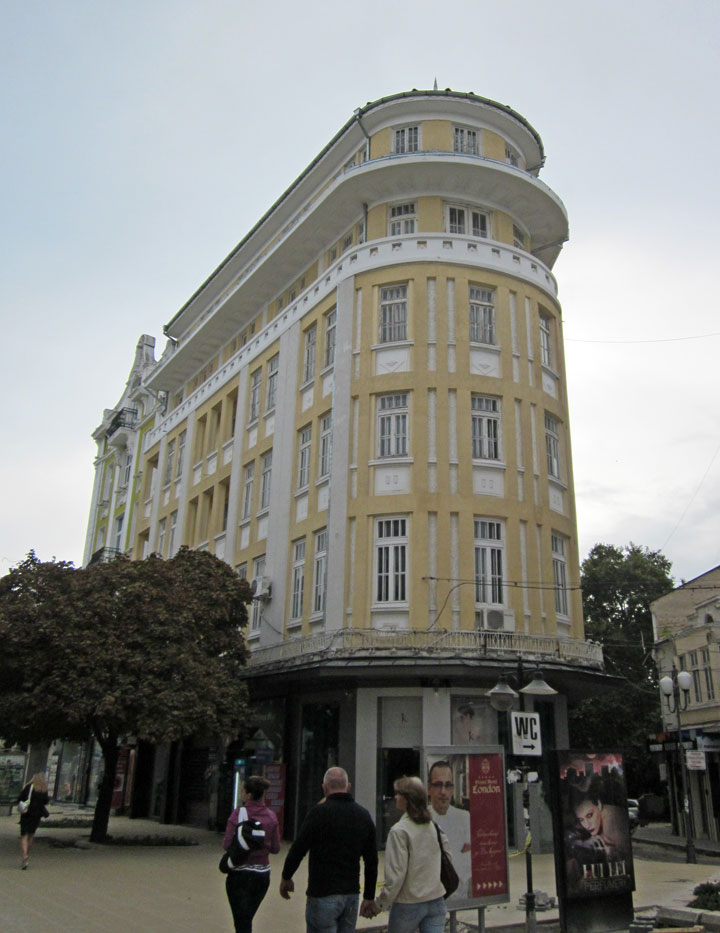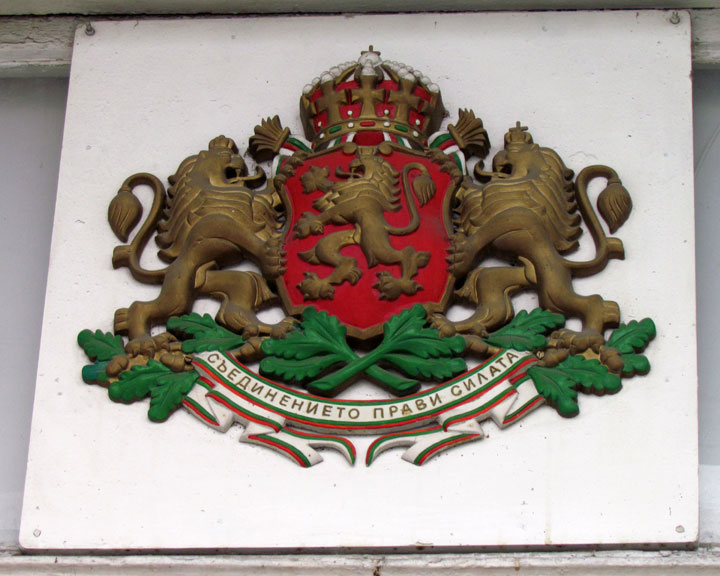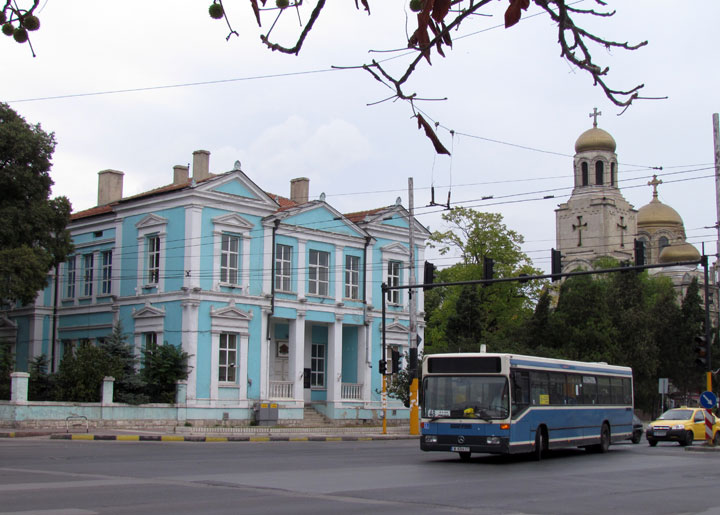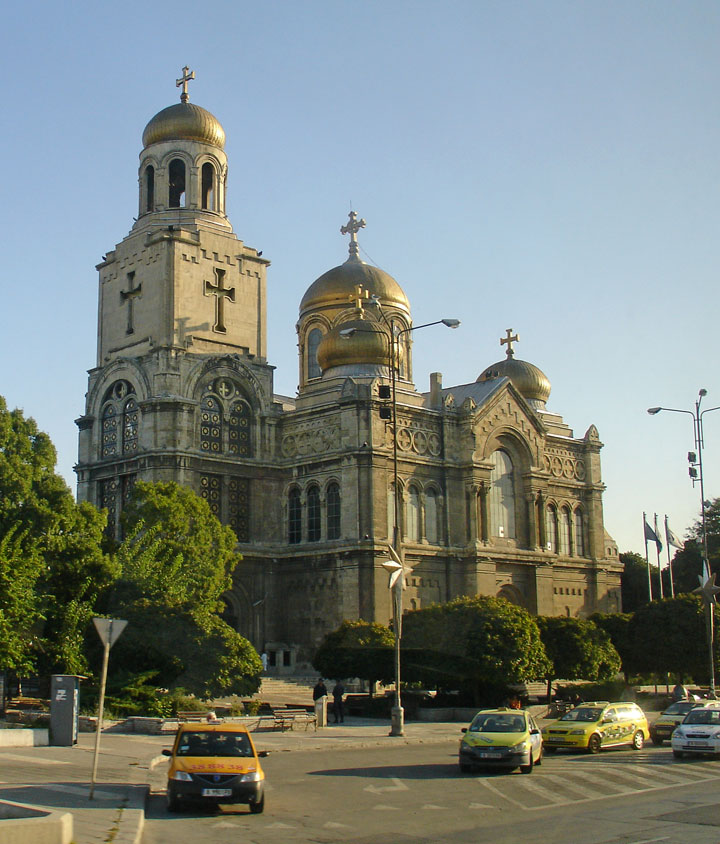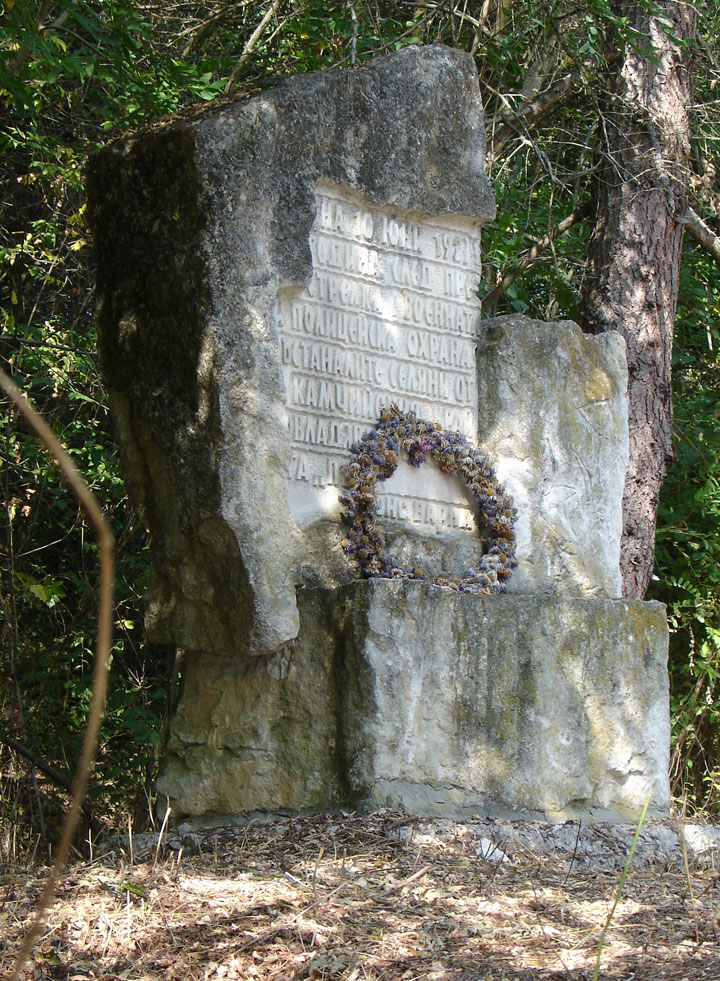

Varna
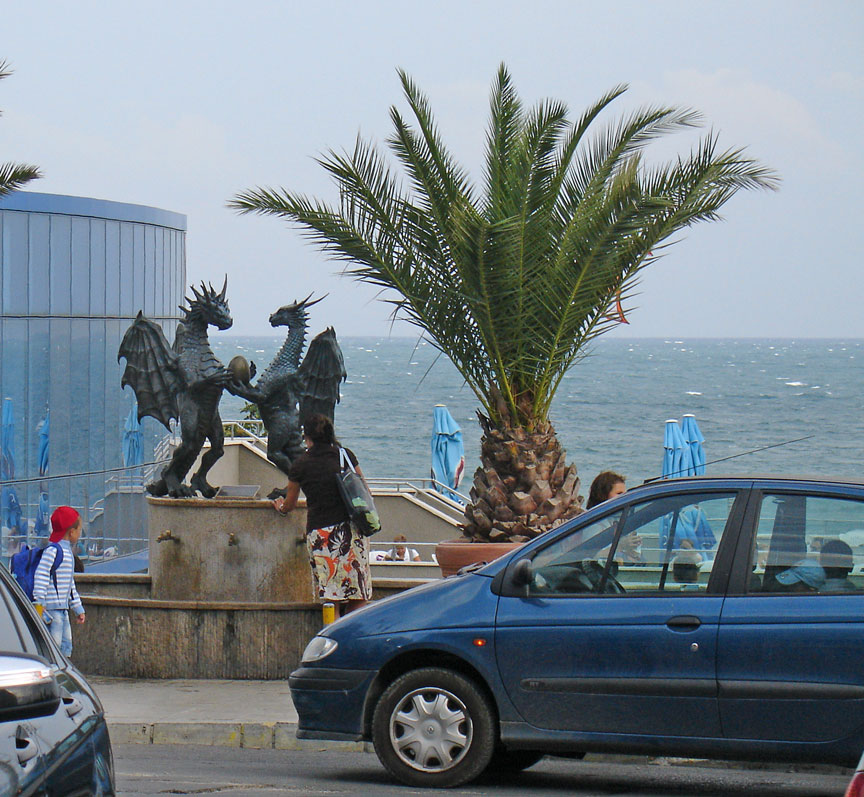
Varna on the Bulgarian Black Sea Coast
Varna (Bulgarian: Варна,) is the largest city and seaside resort on the Bulgarian Black Sea Coast and third-largest in Bulgaria after Sofia and Plovdiv, with a population of 334,870 inhabitants according to Census 2011. It is the administrative center of the homonymous province and Varna Municipality.
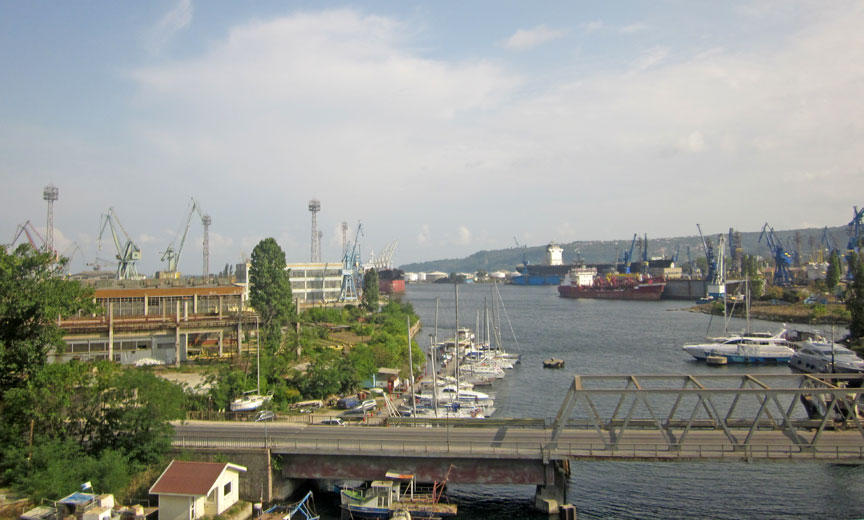
Commonly referred to as the marine (or summer) capital of Bulgaria, Varna is a
major tourist destination, business and university centre, seaport, and
headquarters of the Bulgarian Navy and merchant marine, as well as the centre of
Varna Province and Bulgaria's North-Eastern planning region (NUTS II),
comprising also the provinces of Dobrich, Shumen, and Targovishte.
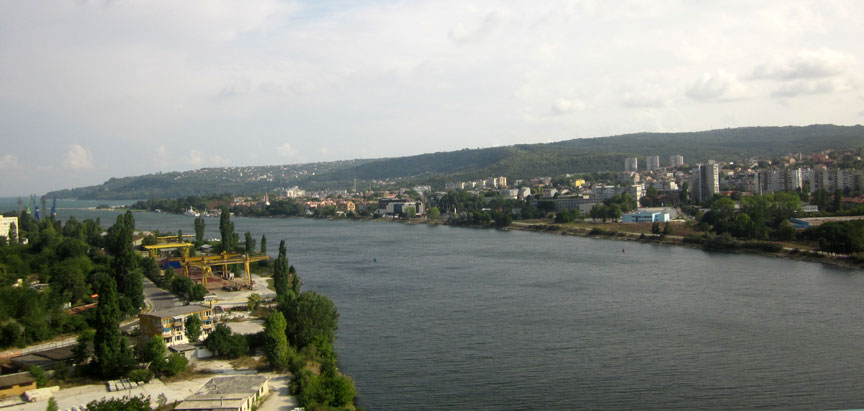
In April 2008, Varna was designated seat of the Black Sea Euro-Region (a new
regional organization, not identical to the Black Sea Euroregion) by the Council
of Europe.
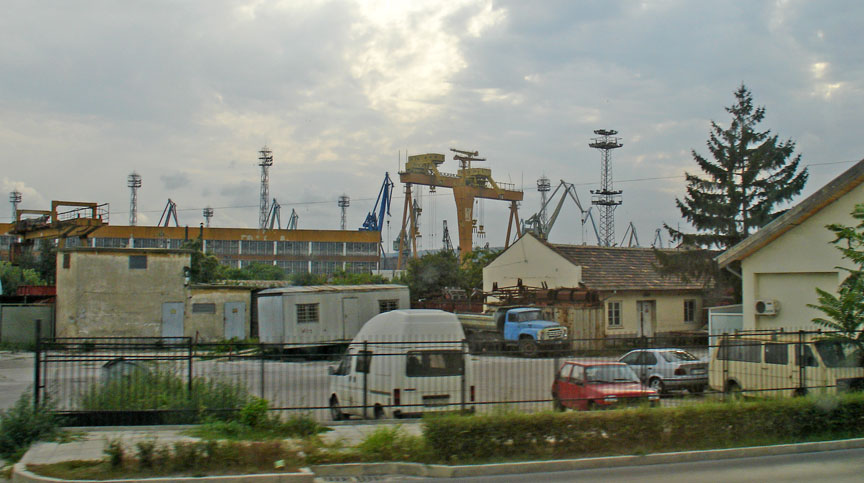
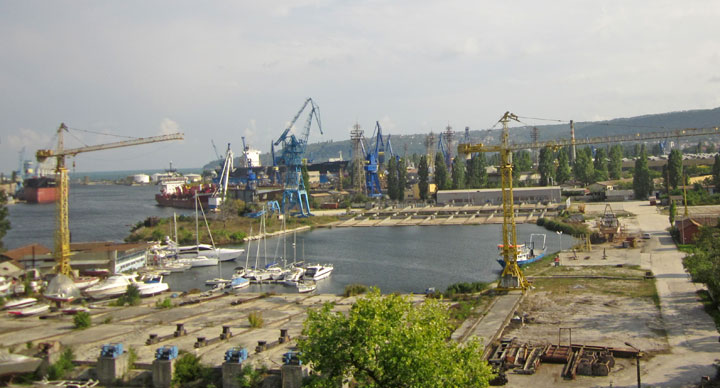
The city occupies 238 km2 (92 sq mi) on verdant terraces (Varna monocline of
the Moesian platform) descending from the calcareous Franga Plateau (height 356
m/1,168 ft) on the north and Avren Plateau on the south, along the
horseshoe-shaped Varna Bay of the Black Sea, the elongated Lake Varna, and two
artificial waterways connecting the bay and the lake and bridged by the
Asparuhov most. It is the centre of a growing conurbation stretching along the
seaboard 20 km (12 mi) north and 10 km (6 mi) south (mostly residential and
recreational sprawl) and along the lake 25 km (16 mi) west (mostly
transportation and industrial facilities). Since antiquity, the city has been
surrounded by vineyards, orchards, and forests. Commercial shipping facilities
are being relocated inland into the lakes and canals, while the bay remains a
recreation area; almost all the waterfront is parkland.

Dormition of the Theotokos Cathedral
More Photos of the Dormition of the Theotokos Cathedral
The urban area has in excess of 20 km (12 mi) of sand beaches and abounds in
thermal mineral water sources (temperature 35–55 °C / 95–131 °F). It enjoys a
mild climate influenced by the sea with long, mild, akin to Mediterranean,
autumns, and sunny and hot, yet considerably cooler than Mediterranean summers
moderated by breezes and regular rainfall. Although Varna receives about two
thirds of the average rainfall for Bulgaria, abundant groundwater keeps its
wooded hills lush throughout summer. The city is cut off from north and
north-east winds by hills along the north arm of the bay, yet January and
February still can be bitterly cold at times, with blizzards. Black Sea water
has become cleaner after 1989 due to decreased chemical fertilizer in farming;
it has low salinity, lacks large predators or poisonous species, and the tidal
range is virtually imperceptible.

Candidate for European Capital of Culture
The city lies 470 km (292 mi) north-east of Sofia; the nearest major cities are Dobrich (45 km/28 mi to the north), Shumen (80 km/50 mi to the west), and Burgas (125 km/78 mi to the south-west). Varna is accessible by air (Varna International Airport), sea (Port of Varna Cruise Terminal), railroad (Central Train Station), and automobile. Major roads include European routes E70 to Bucharest and E87 to Istanbul and Constanta, Romania; national motorways A-2 (Hemus motorway) to Sofia and A-5 (Cherno More motorway) to Burgas. There are bus lines to many Bulgarian and international cities from two bus terminals and train ferry and ro-ro services to Odessa, Ukraine, Port Kavkaz, Russia, Poti and Batumi, Georgia.

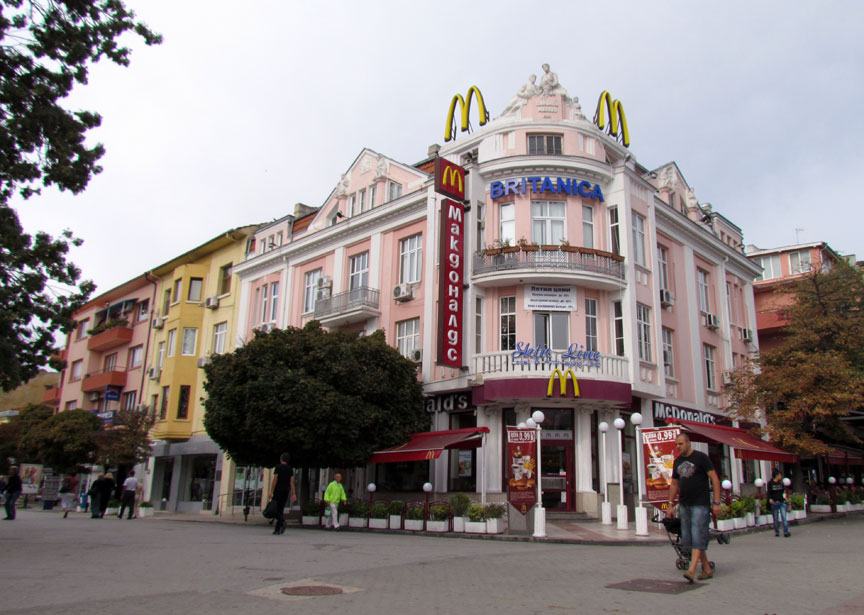
The public transit system is extensive and reasonably priced, with over 80
local and express bus, electrical bus, and fixed-route minibus lines; there is a
large fleet of taxicabs. In 2007, a number of double-decker buses were
purchased; the mayor vowed that by summer 2008, all city buses would be
retrofitted with air conditioners and later fueled by methane. Timetables for
the city's bus services can be found here.
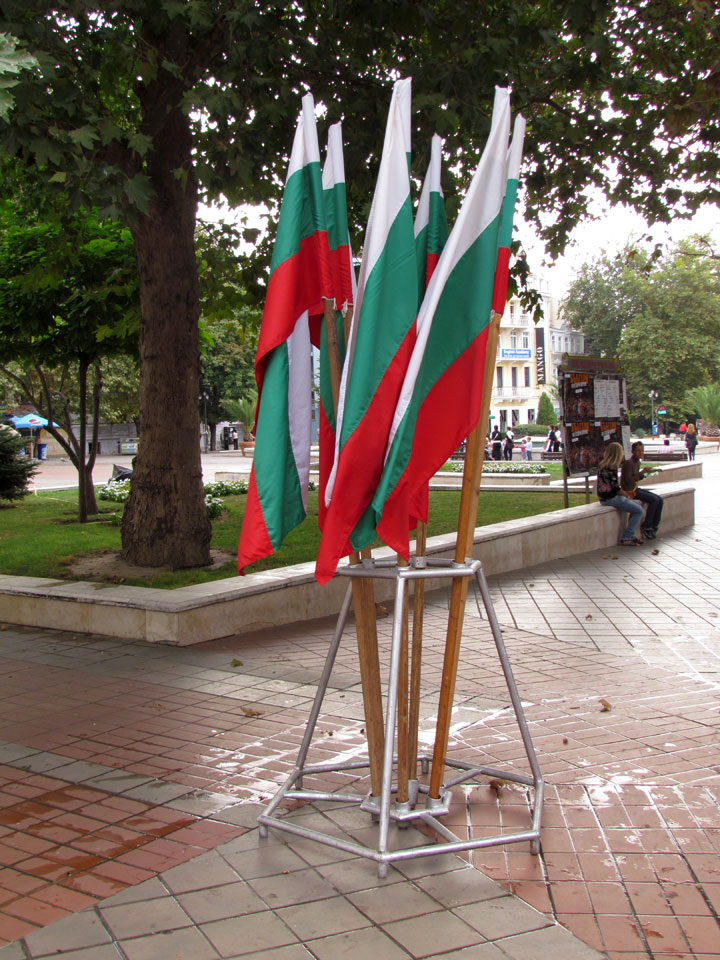
There is a plethora of Internet cafes and many places, including parks, are
covered by free public wireless internet service. Varna is connected to other
Black Sea cities by the submarine Black Sea Fiber Optical Cable System.
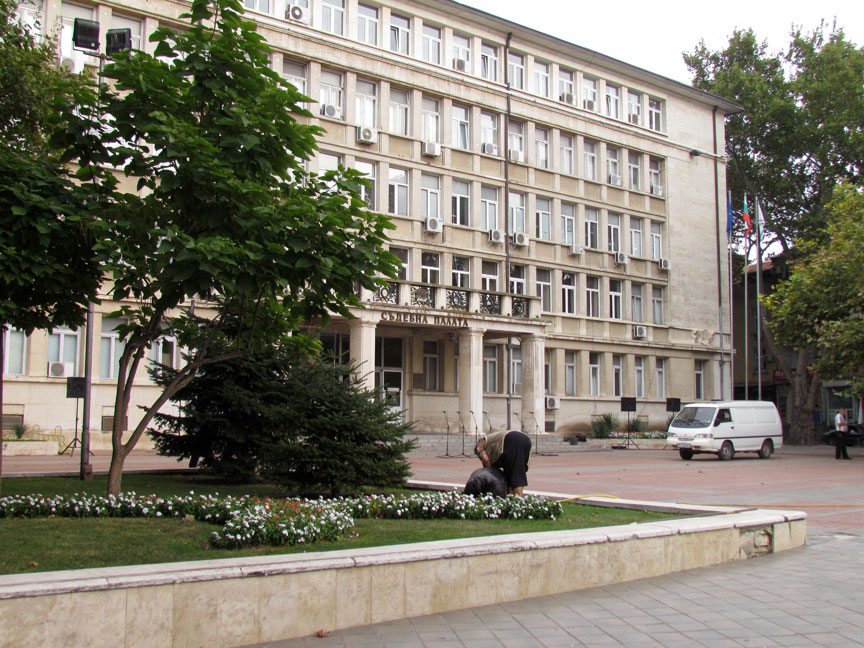
Prehistoric settlements best known for the eneolithic necropolis (mid-5th
millennium BCE radiocarbon dating), a key archaeological site in world
prehistory, eponymous of old European Varna culture and internationally
considered the world's oldest large find of gold artifacts, existed within
modern city limits. In the wider region of the Varna lakes (before the 1900s,
freshwater) and the adjacent karst springs and caves, over 30 prehistoric
settlements have been unearthed with the earliest artifacts dating back to the
Middle Paleolithic or 100,000 years ago.
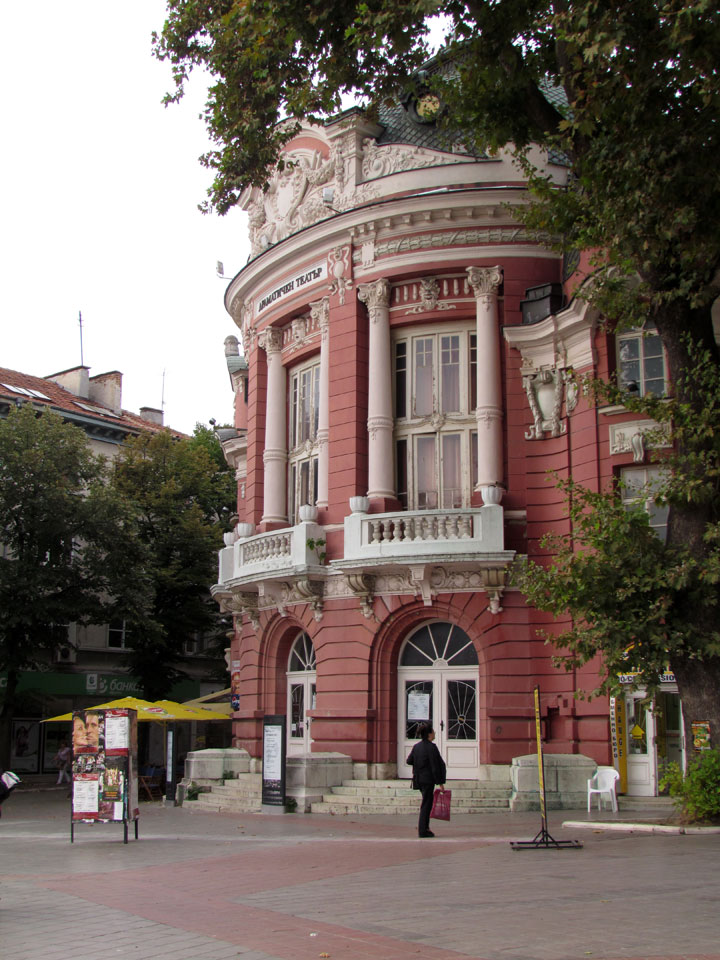
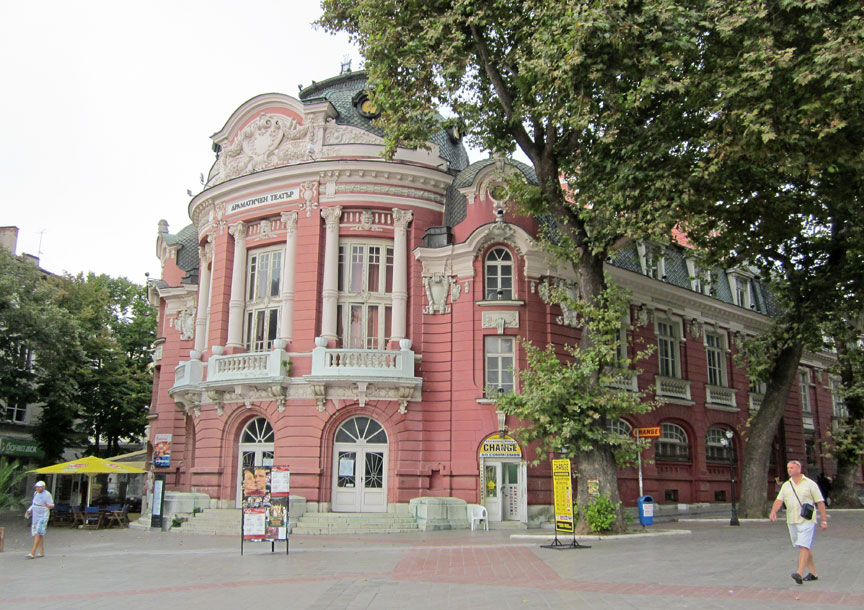
The region of ancient Thrace was populated by Thracians by 1000 BCE. Miletians founded the apoikia (trading post) of Odessos towards the end of the 7th century BC (the earliest Greek archaeological material is dated 600-575 BCE), or, according to Pseudo-Scymnus, in the time of Astyages (here, usually 572-570 BCE is suggested), within an earlier Thracian settlement. The name Odessos (also the old name of Odessa) was pre-Greek, arguably of Carian origin. A member of the Pontic Pentapolis, Odessos was a mixed community—contact zone between the Ionians and the Thracians (Getae, Krobyzoi, Terizi) of the hinterland. Excavations at nearby Thracian sites have shown uninterrupted occupation from the 7th to the 4th century and close commercial relations with the colony. The Greek alphabet has been applied to inscriptions in Thracian since at least the 5th century BCE; the city worshipped a Thracian great god whose cult survived well into the Roman period.

Odessos was included in the assessment of the Delian league of 425 BCE. In 339
BCE, it was unsuccessfully besieged by Philip II (priests of the Getae persuaded
him to conclude a treaty) but surrendered to Alexander the Great in 335 BCE, and
was later ruled by his diadochus Lysimachus, against whom it rebelled in 313 BC
as part of a coalition with other Pontic cities and the Getae. The Roman city,
Odessus, first included into the Praefectura orae maritimae and then in 15 CE
annexed to the province of Moesia (later Moesia Inferior), covered 47 hectares
in present-day central Varna and had prominent public baths, Thermae, erected in
the late 2nd century AD, now the largest Roman remains in Bulgaria (the building
was 100 m (328.08 ft) wide, 70 m (229.66 ft) long, and 25 m (82.02 ft) high) and
fourth-largest known Roman baths in Europe. Major athletic games were held every
five years, possibly attended by Gordian III in 238 CE.

Odessus was an early Christian centre, as testified by ruins of ten early
basilicas, a monophysite monastery, and indications that one of the Seventy
Disciples, Ampliatus, follower of Saint Andrew (who, according to the Bulgarian
Orthodox Church legend, preached in the city in 56 CE), served as bishop there.
In 6th-century CE imperial documents, it was referred to as "holiest city,"
sacratissima civitas. In 442 CE, a peace treaty between Theodosius II and Attila
was done at Odessus. In 513, it became a focal point of the Vitalian revolt. In
536, Justinian I made it the seat of the Quaestura exercitus ruled by a prefect
of Scythia or quaestor Justinianus and including Lower Moesia, Scythia, Caria,
the Aegean Islands and Cyprus; later, the military camp outside Odessus was the
seat of another senior Roman commander, magister militum per Thracias. The
Jireček Line, or the approximate linguistic frontier between Latin and Greek
linguistic influence, ran through the Balkans from Odessus to the Adriatic.
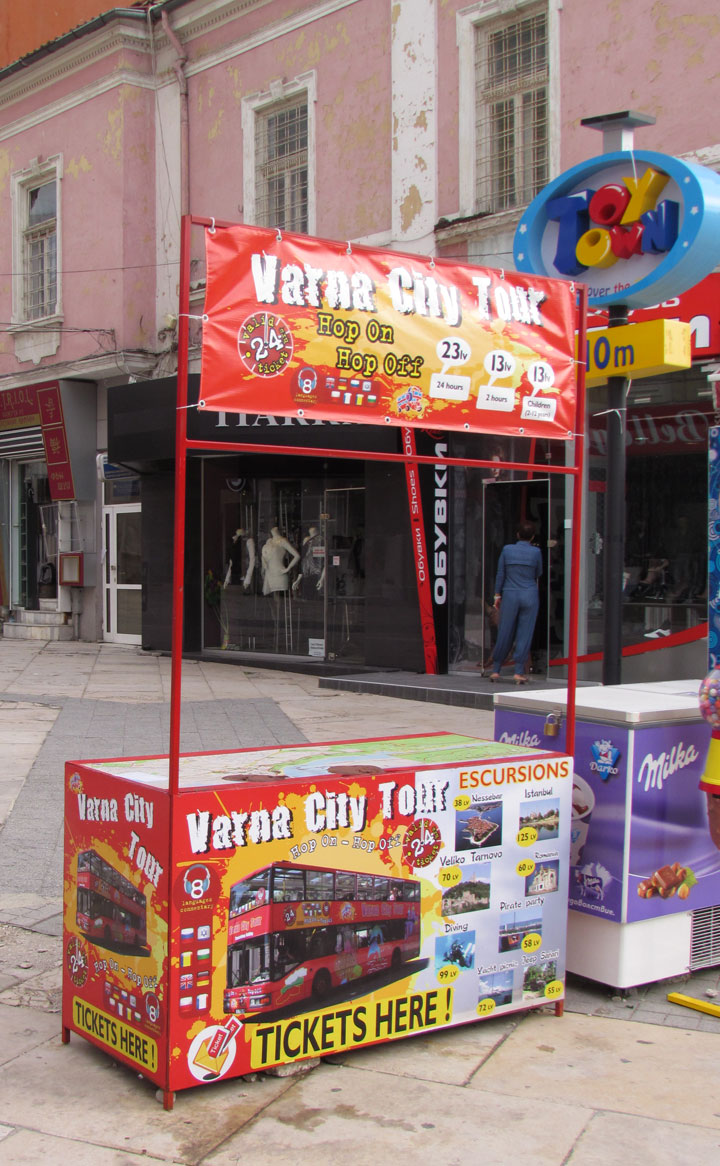
Theophanes the Confessor first mentioned the name Varna, as the city came to be
known with the Slavic conquest of the Balkans in the 6th-7th century. The name
may be older than that; perhaps it derives from Proto-Indo-European root we-r-
(water)[6] (see also Varuna), or from Proto-Slavic root varn (black), or from
Iranian bar or var (camp, fortress: see also Etymological list of provinces of
Bulgaria). According to Theophanes, in 680, Asparukh, the founder of the First
Bulgarian Empire, routed an army of Constantine IV near the Danube delta and,
pursuing it, reached the so-called Varna near Odyssos and the midlands
thereof —perhaps the new name applied initially to an adjacent river or lake,
Roman military camp, or inland area, and only later to the city itself. By the
late 10 century, the name Varna was established so firmly that when Byzantines
wrestled back control of the area from the Bulgarians in the 970's, they kept it
rather than restoring the ancient name Odessus.
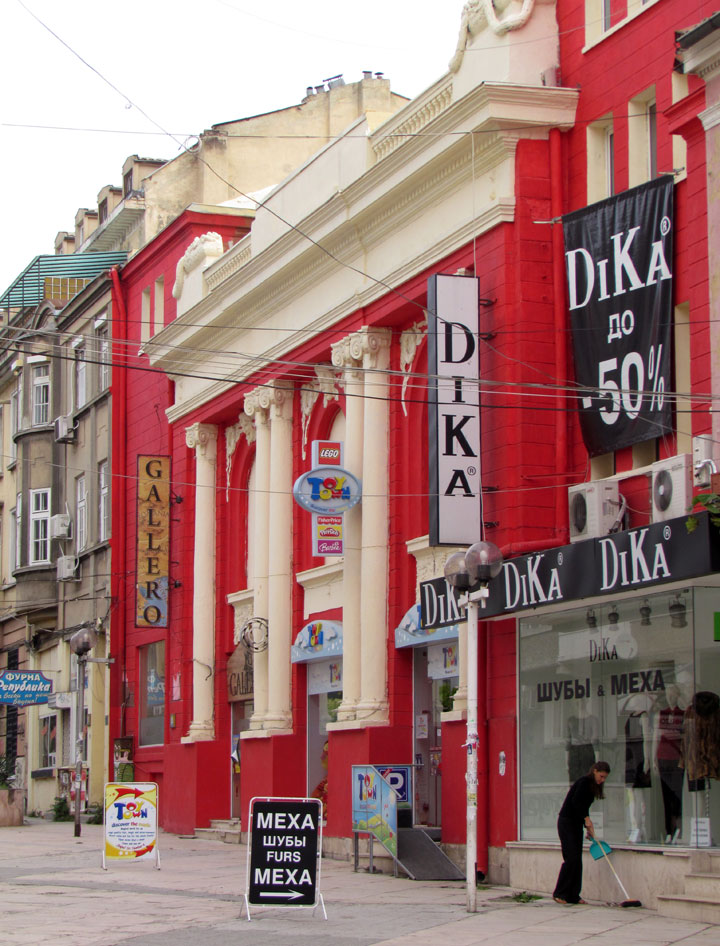
It has been suggested that the 681 peace treaty with the Byzantine Empire that
established the new Bulgarian state was concluded at Varna and the first
Bulgarian capital south of the Danube may have been provisionally located in its
vicinity—possibly in an ancient city near Lake Varna's north shore named
Theodorias (Θεοδωριάς) by Justinian I—before it moved to Pliska 70 km to the
west. Asparukh fortified the Varna river lowland by a rampart against a
possible Byzantine landing; the Asparuhov val (Asparukh's Wall) is still
standing. Numerous 7th-century Bulgar settlements have been excavated across the
city and further west; the Varna lakes north shores, of all regions, were
arguably most densely populated by Bulgars. It has been suggested that Asparukh
was aware of the importance of the Roman military camp (campus tribunalis)
established by Justinian I outside Odessus and considered it (or its remnants)
as the legitimate seat of power for both Lower Moesia and Scythia.

Control changed from Byzantine to Bulgarian hands several times during the
Middle Ages. In the late 9th and the first half of the 10th century, Varna was
the site of a principal scriptorium of the Preslav Literary School at a
monastery endowed by Boris I who may have also used it as his monastic retreat.
The scriptorium may have played a key role in the development of the Cyrillic
alphabet by Bulgarian scholars under the guidance of one of Saints Cyril and
Methodius' disciples. Karel Škorpil suggested that Boris I may have been
interred there. The synthetic culture with Hellenistic Thracian, Roman, as well
as eastern—Armenian, Syrian, Persian—traits that developed around Odessus in the
6th century under Justinian I, may have influenced the Pliska-Preslav culture of
the First Bulgarian Empire, ostensibly in architecture and plastic decorative
arts, but possibly also in literature, including Cyrillic scholarship. In 1201,
Kaloyan took over the Varna fortress, then in Byzantine hands, on Holy Saturday
using a siege tower, and secured it for the Second Bulgarian Empire.
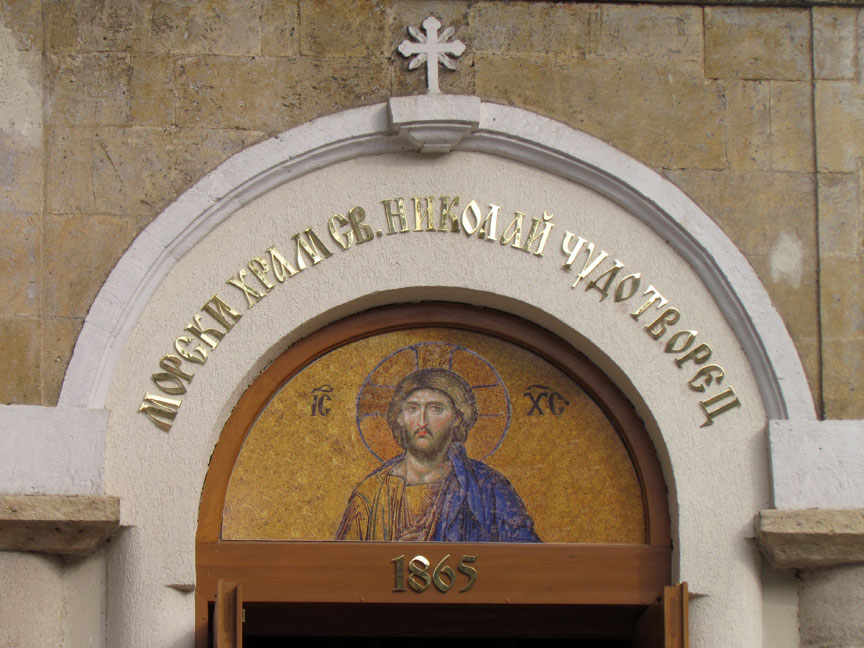
By the late 13th century, with the Treaty of Nymphaeum of 1261, the
offensive-defensive alliance between Michael VIII Palaeologus and Genoa that
opened up the Black Sea to Genoese commerce, Varna had turned into a thriving
commercial port city frequented by Genoese and later also by Venetian and
Ragusan merchant ships. The first two maritime republics held consulates and had
expatriate colonies there (Ragusan merchants remained active at the port through
the 17th century operating from their colony in nearby Provadiya). The city was
flanked by two fortresses with smaller commercial ports of their own, Kastritsi
and Galata, within sight of each other, and was protected by two other
strongholds overlooking the lakes, Maglizh and Petrich. Wheat, animal skins,
honey and wax, wine, timber and other local agricultural produce for the Italian
and Constantinople markets were the chief exports, and Mediterranean foods and
luxury items were imported. The city introduced its own monetary standard, the
Varna perper, by the mid-14th century; Bulgarian and Venetian currency exchange
rate was fixed by a treaty. Fine jewelry, household ceramics, fine leather and
food processing, and other crafts flourished; shipbuilding developed in the
Kamchiya river mouth.
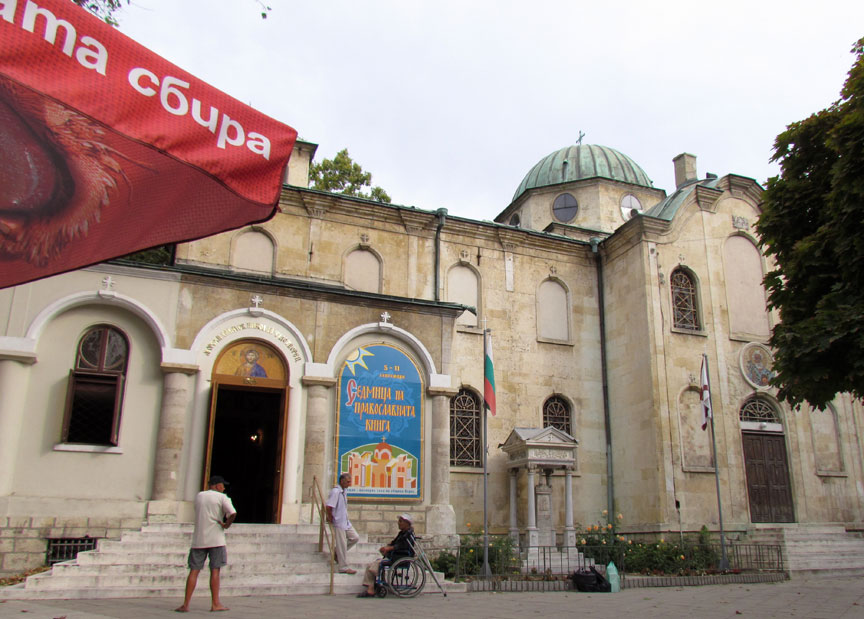
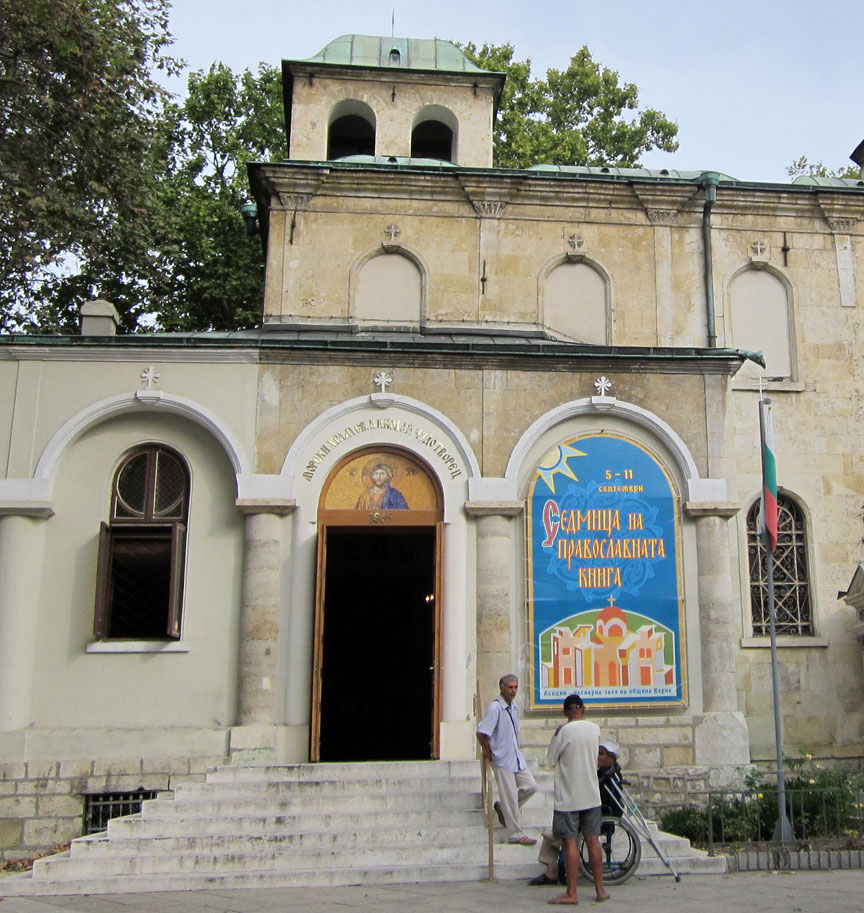
14th-century Italian portolan charts showed Varna as arguably the most important
seaport between Constantinople and the Danube delta; they usually labeled the
region Zagora. The city was unsuccessfully besieged by Amadeus VI of Savoy, who
had captured all Bulgarian fortresses to the south of it, including Galata, in
1366. In 1386, Varna briefly became the capital of the spinoff Principality of
Karvuna, then was taken over by the Ottomans in 1389 (and again in 1444), ceded
temporarily to Manuel II Palaeologus in 1413 (perhaps until 1444), and sacked by
Tatars in 1414.
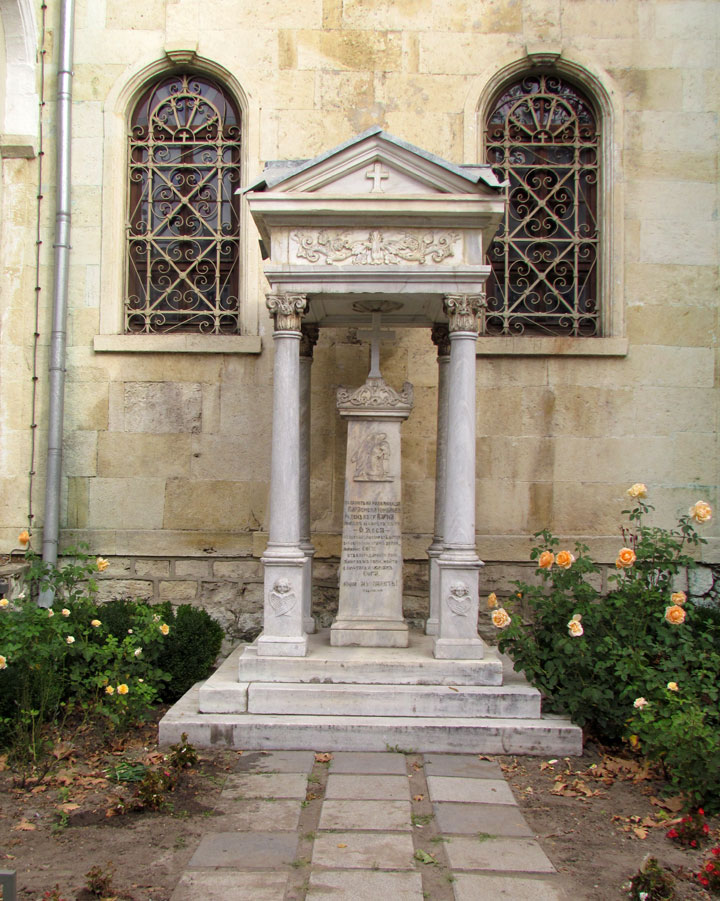
On 10 November 1444, one of the last major battles of the Crusades in European
history was fought outside the city walls. The Turks routed an army of 20,000
crusaders led by Ladislaus III of Poland (also Ulászló I of Hungary), which
had assembled at the port to set sail to Constantinople. The Christian army was
attacked by a superior force of 55,000 or 60,000 Ottomans led by sultan Murad
II. Ladislaus III was killed in a bold attempt to capture the sultan, earning
the sobriquet Warneńczyk (of Varna in Polish; he is also known as Várnai Ulászló
in Hungarian or Ladislaus Varnensis in Latin). The failure of the Crusade of
Varna made the fall of Constantinople to the Ottomans in 1453 all but
inevitable, and Varna (with all of Bulgaria) was to remain under Ottoman
domination for over four centuries. Today, there is a cenotaph of Ladislaus III
in Varna.
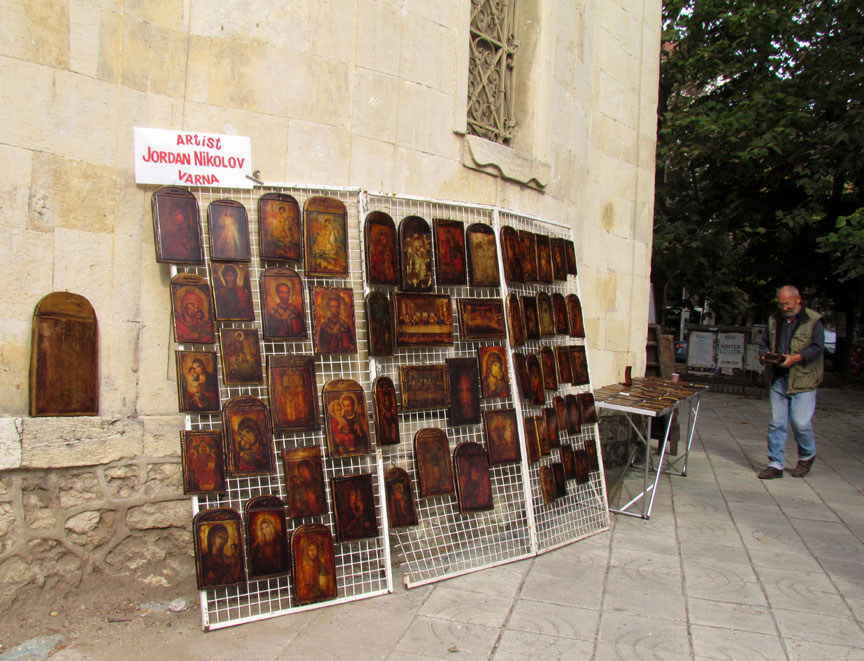
A major port, agricultural, trade and shipbuilding centre for the Ottoman Empire
in the 16th-17th century, preserving a significant and economically active
Bulgarian population, Varna was later made one of the Quadrilateral Fortresses
(along with Rousse, Shumen, and Silistra) severing Dobruja from the rest of
Bulgaria and containing Russia in the Russo-Turkish wars. The Russians
temporarily took over in 1773 and again in 1828, following the prolonged Siege
of Varna, returning it to the Ottomans two years later after the medieval
fortress was razed.
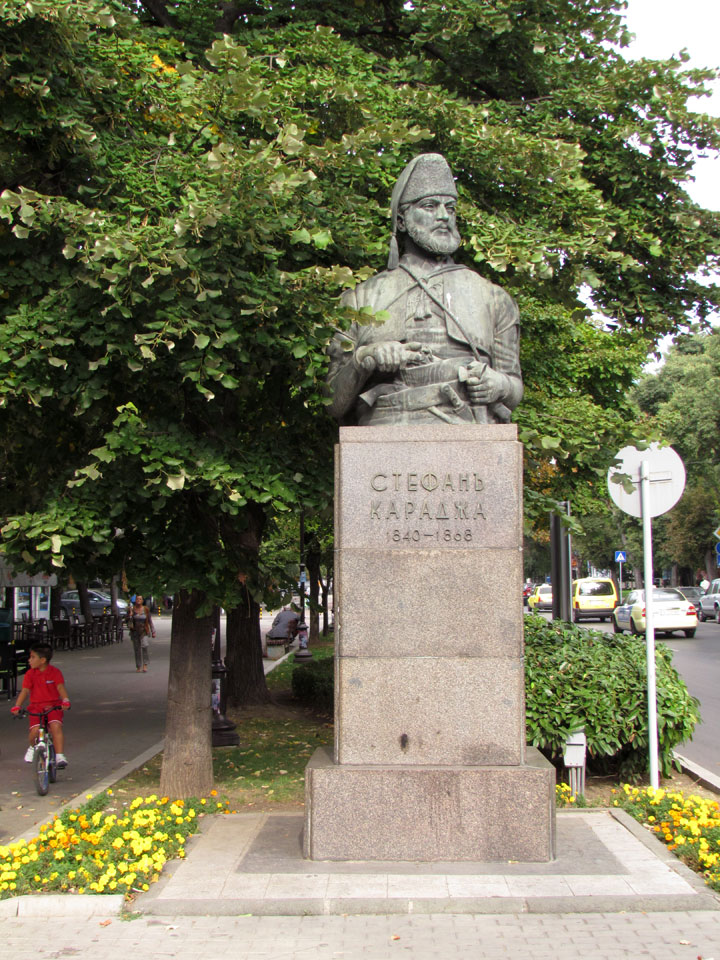
The British and French campaigning against Russia in the Crimean War (1854–1856)
used Varna as headquarters and principal naval base; many soldiers died of
cholera and the city was devastated by a fire. A British and a French monument
mark the cemeteries where cholera victims were interred. In 1866, the first
railroad in Bulgaria connected Varna with the Rousse on the Danube, linking the
Ottoman capital Constantinople with Central Europe; for a few years, the Orient
Express ran through that route. The port of Varna developed as a major supplier
of food—notably wheat from the adjacent breadbasket Southern Dobruja—to
Constantinople and a busy hub for European imports to the capital; 12 foreign
consulates opened in the city. Local Bulgarians took part in the National
Revival; Vasil Levski set up a secret revolutionary committee.

With the national liberation in 1878, the city, which numbered 26 thousand
inhabitants, was ceded to Bulgaria by the Treaty of Berlin; Russian troops
entered on 27 July. Varna became a front city in the First Balkan War and the
First World War; its economy was badly affected by the temporary loss of its
agrarian hinterland of Southern Dobruja to Romania (1913–16 and 1919–40). In the
Second World War, the Red Army occupied the city in September 1944, helping
cement communist rule in Bulgaria.
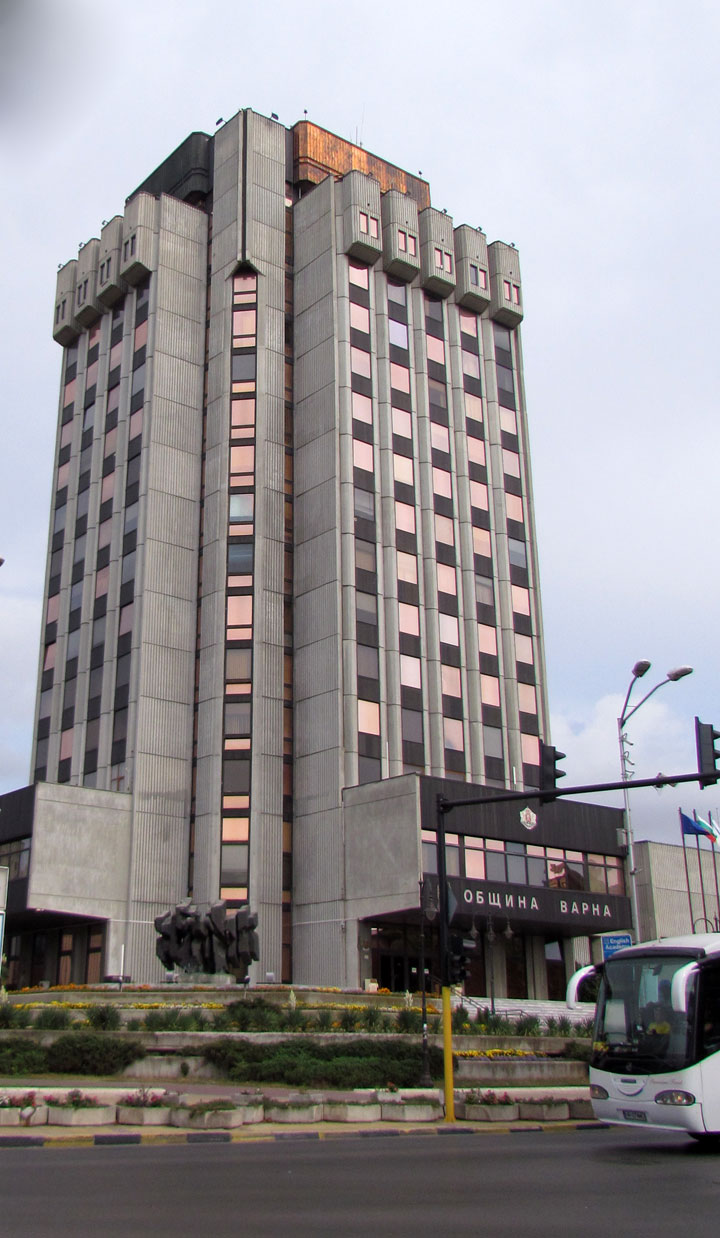
Over the first decades after liberation, with the departure of most ethnic Turks
and Greeks and the arrival of Bulgarians from inland, Northern Dobruja,
Bessarabia, and Asia Minor, and later, of refugees from Macedonia, Eastern
Thrace and Southern Dobruja following the Second Balkan War and the First World
War, ethnic diversity gave way to Bulgarian predominance, although sizeable
minorities of Gagauz, Armenians, and Sephardic Jews remained for decades.
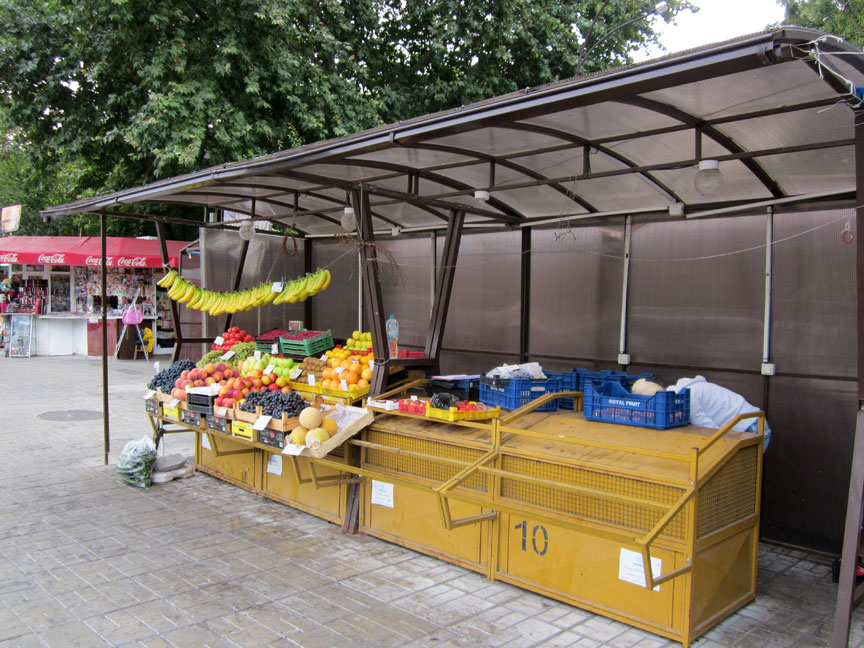

One of the early centres of industrial development and the Bulgarian labor
movement, Varna established itself as the nation's principal port of export, a
major grain producing and viticulture centre, seat of the nation's oldest
institution of higher learning outside Sofia, a popular venue for international
festivals and events, as well as the country's de facto summer capital with the
erection of the Euxinograd royal summer palace (currently, the Bulgarian
government convenes summer sessions there). Mass tourism emerged since the late
1950s. Heavy industry and trade with the Soviet Union boomed in the 1950s to the
1970s.
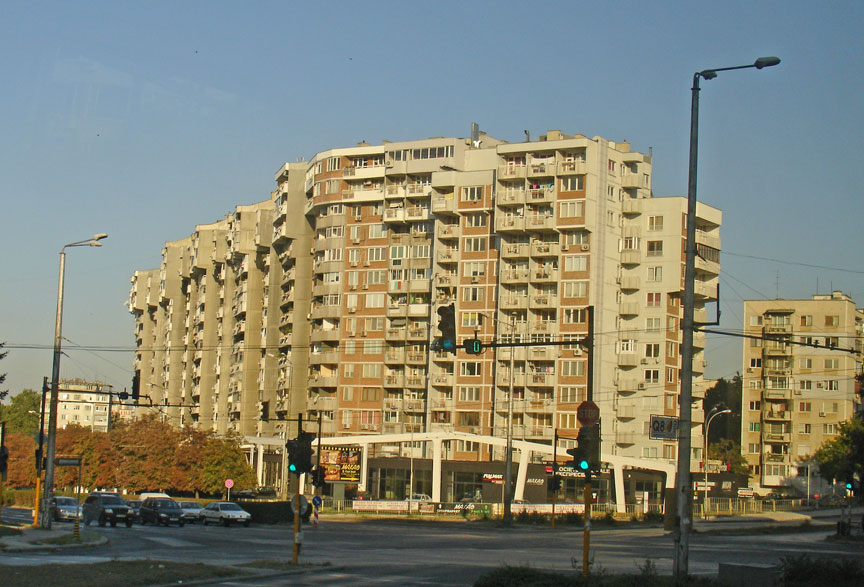
From 20 December 1949 to 20 October 1956 the city was renamed by the communist government Stalin after Soviet dictator Joseph Stalin.
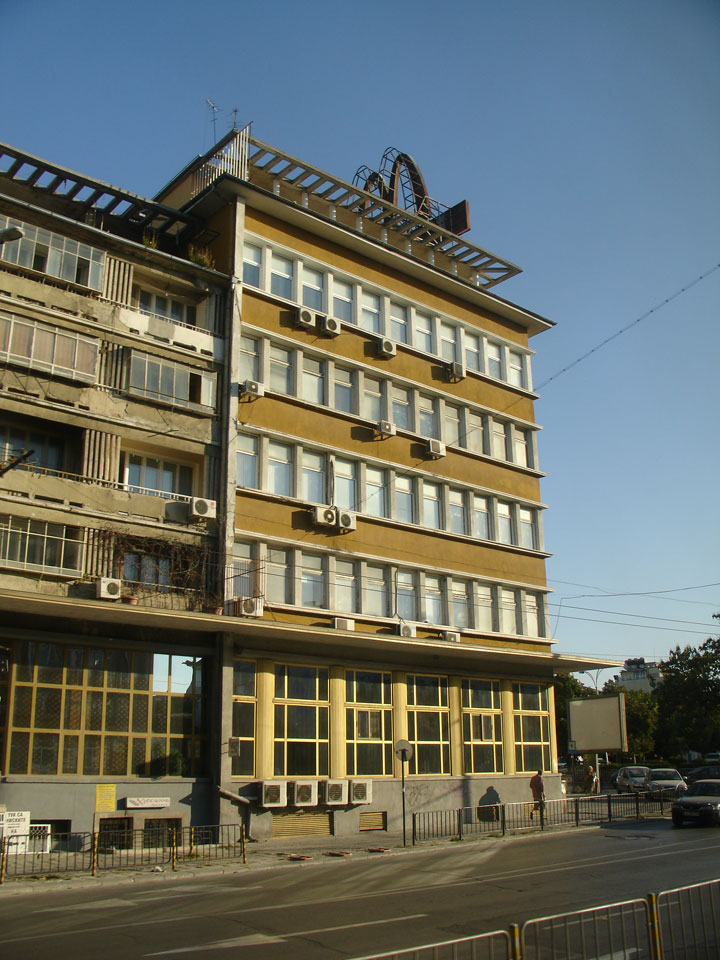
In 1962, the 15th Chess Olympiad, also known as the World Team Championship, was
here. In 1969 and 1987, Varna was the host of the World Rhythmic Gymnastics
Championships. From 30 September to 4 October 1973, the 10th Olympic Congress
took place in the Sports Palace.
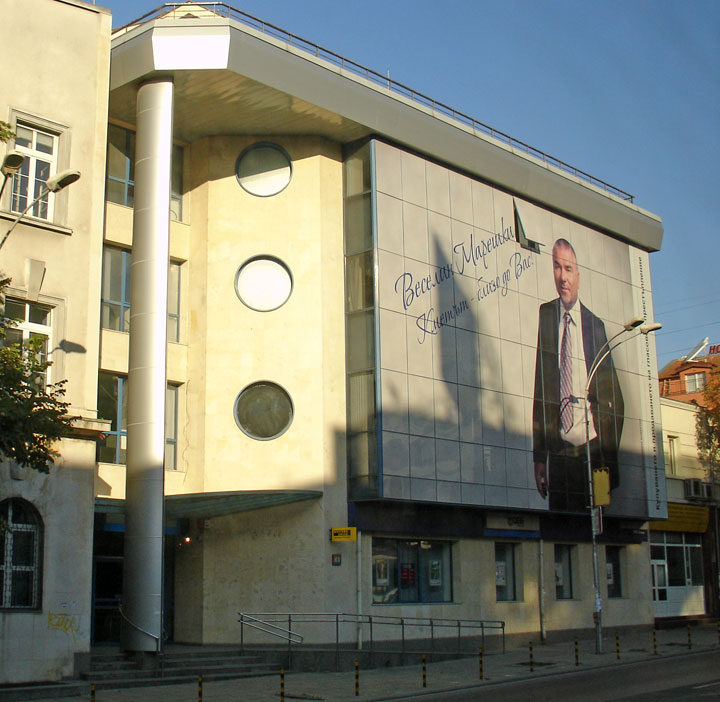
Varna is running for European Capital of Culture for 2019.
Text from Wikipedia


Soviet period apartments
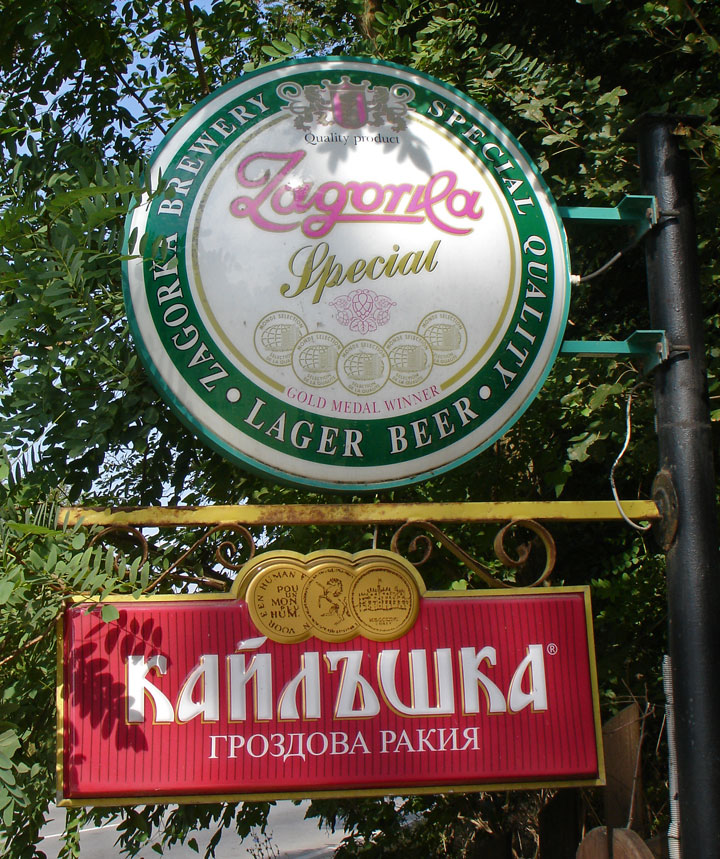
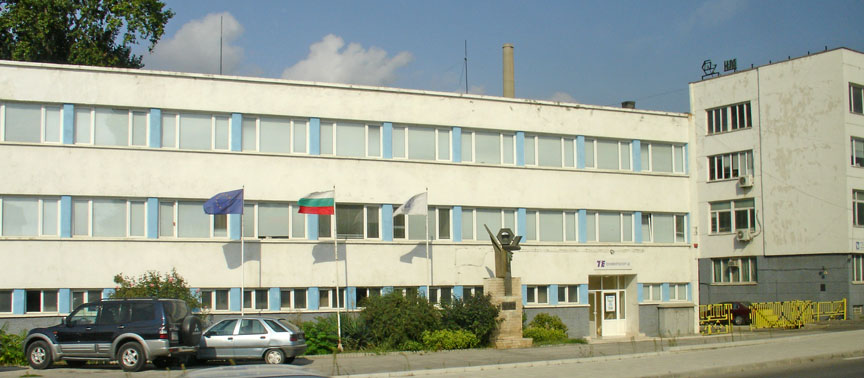
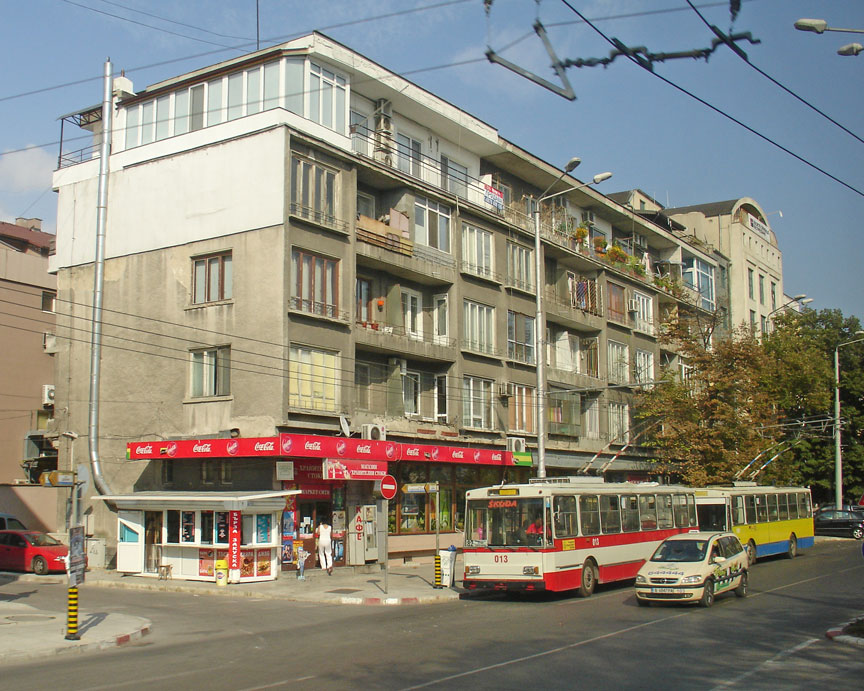
trolley buses

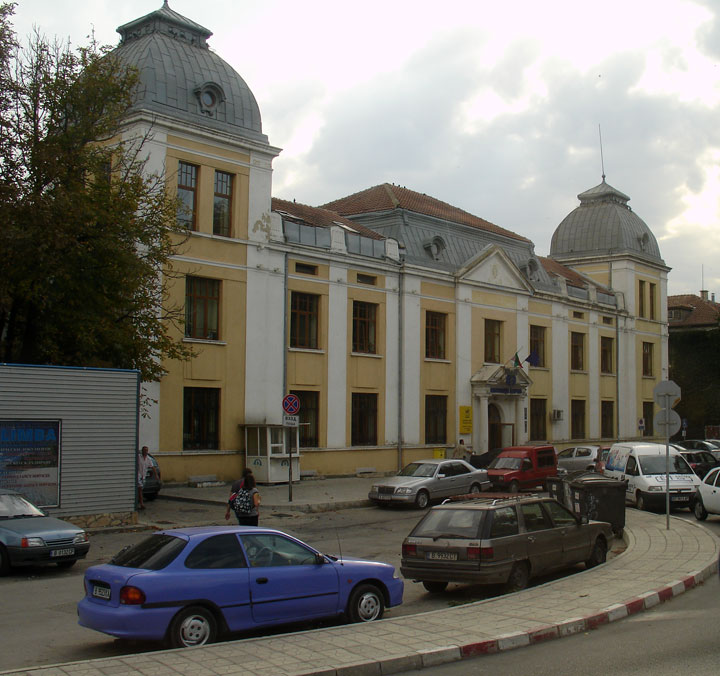
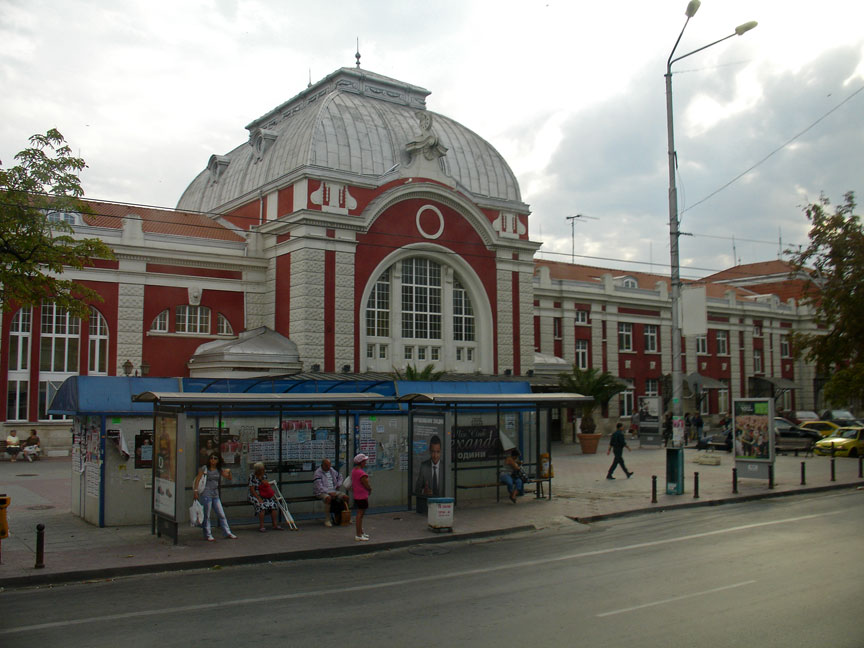
train station
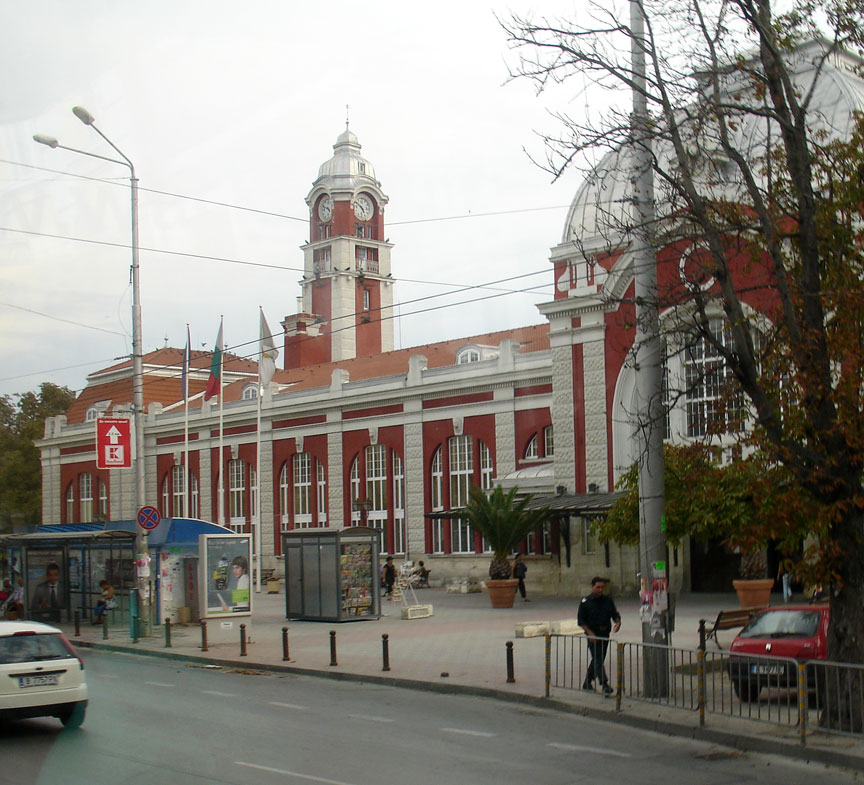
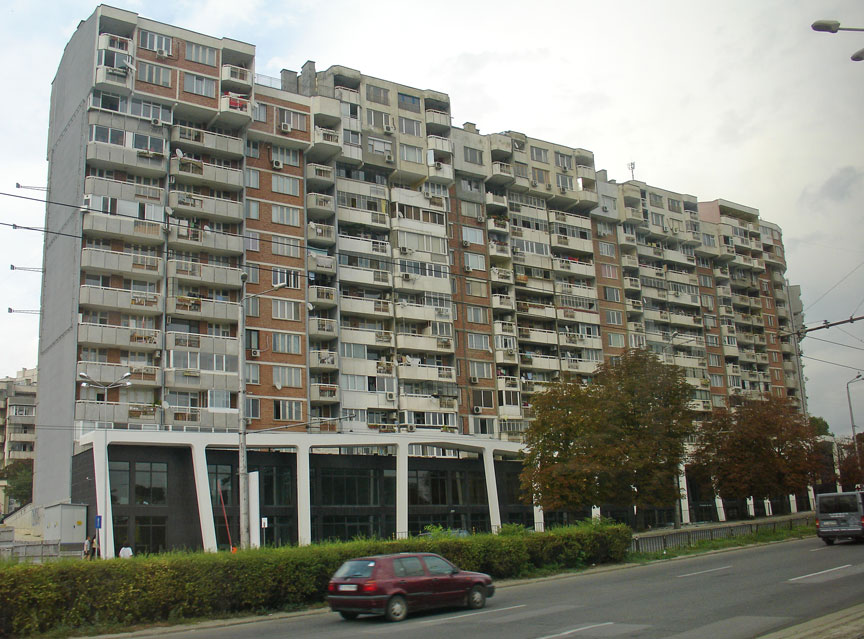
Soviet period apartments
